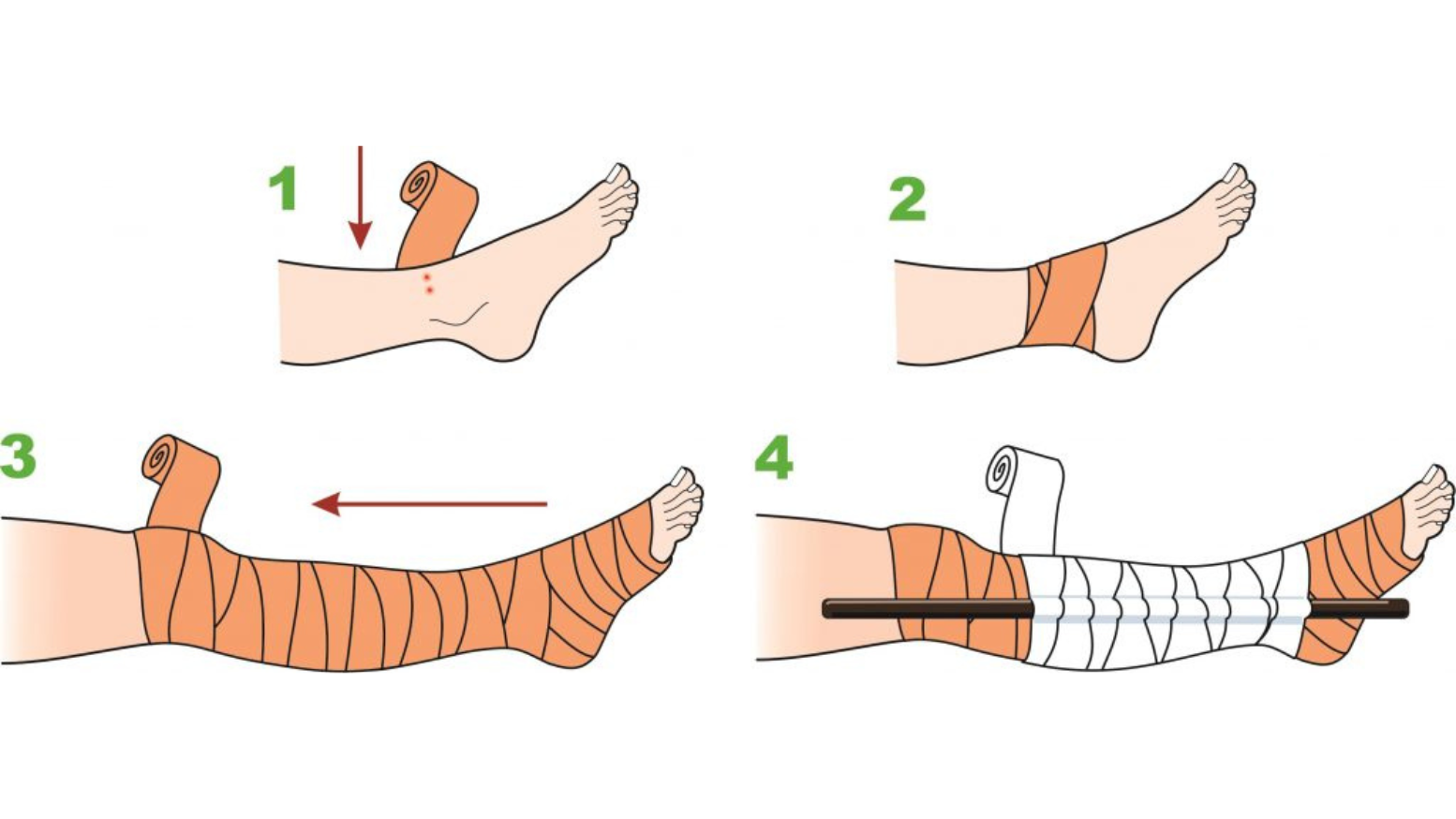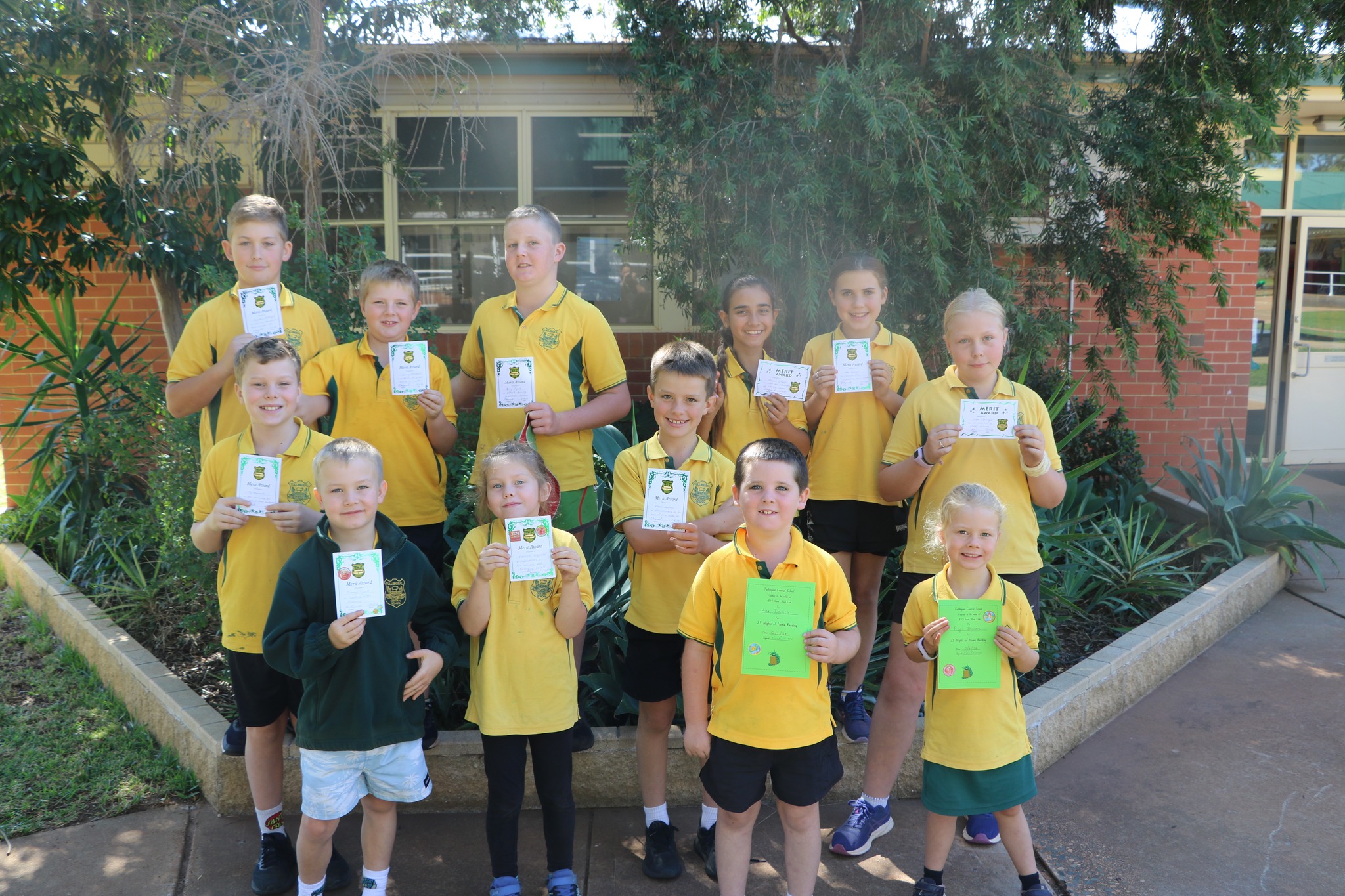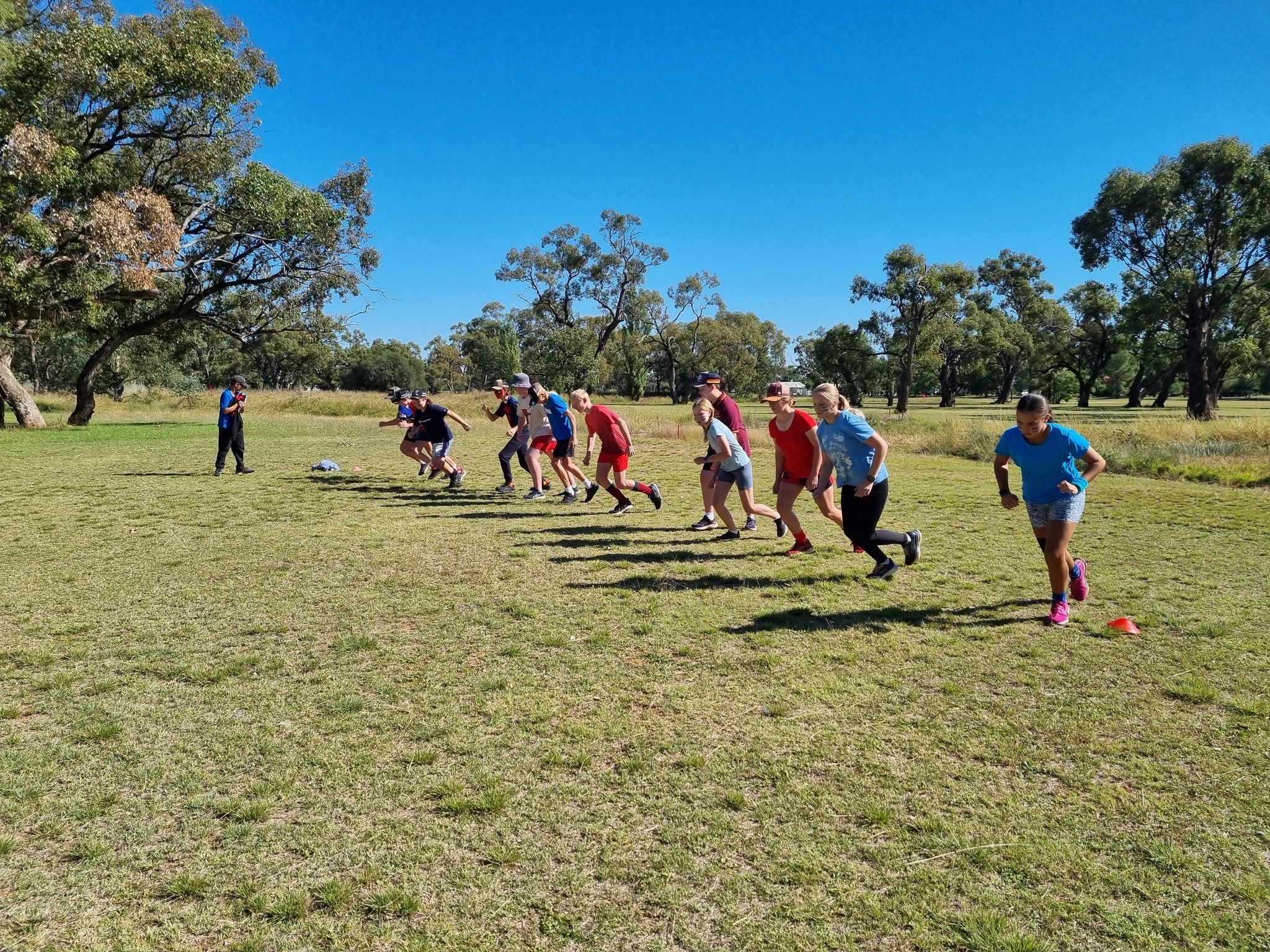Knowing snake bite first aid
There have been numerous sightings of snakes in the Condobolin and surrounding areas, as the warmer weather continues.
Australia has around 140 species of land snake, and 32 recorded species of sea snakes, of these 100 are venomous, according to the NSW Environment and Heritage website.
“The most dangerous snakes belong to the front-fanged group, which in New South Wales include the tiger snake, brown snake, death adder, mulga or king brown snake and a few species of sea snake,” the website said.
While snake bites are not common place, The Condobolin Argus, thought it would be appropriate to provide first aid information for the community.
The following information has been sourced from the St John Ambulance Snake Bite First Aid Fact Sheet:
All known or suspected snake bites must be treated as potentially life-threatening, and medical aid should be sought urgently.
Signs and symptoms:
Signs of a snake bite are not always visible. In some cases, the patient may not have felt anything. Symptoms may not appear for an hour or more after the person has been bitten.
Depending on the type of snake, signs and symptoms can include some or all of the following:
• immediate or delayed pain at the bite site
• swelling, bruising or local bleeding
• bite marks (usually on a limb) that can vary from obvious puncture wounds to scratches that can be almost invisible
• swollen and tender glands in the groin or armpit of the bitten limb
• faintness, dizziness
• nausea and vomiting
• headache
• abdominal pain
• oozing of blood from the bite site or gums
• double or blurred vision
• drooping eyelids
• difficulty in speaking or swallowing
• limb weakness or paralysis
• difficulty in breathing
• occasionally, initial collapse or confusion followed by partial or complete recovery.
What to do
Pressure bandage & immobilise
1. Follow DRSABCD – Danger; Response; Send for help; Airway; Breathing; CPR; Defibrillation.
2. Call Triple Zero (000) for an ambulance.
3. Lie the patient down and ask them to keep still. Reassure the patient.
4. If on a limb, apply an elasticised roller bandage (10–15 cm wide) over the bite site as soon as possible.
5.Apply a further elasticised roller bandage (10–15 cm wide), starting just above the fingers or toes and moving upwards on the bitten limb as far as can be reached.
• Apply the bandage as firmly as possible to the limb. You should be unable to easily slide a finger between the bandage and the skin.
6. Immobilise the bandaged limb using splints.
7. Write down the time of the bite and when the bandage was applied. If possible, mark the location of the bite site (if known) on the skin with a pen, or photograph the site. Do not wash venom off the skin or clothes because it can assist identification.
8. Stay with the patient until medical aid arrives
 .
.
Latest News
Merit winners for week 11
Congratulations to the Tullibigeal Central School Merit Award Winners for [...]
CJCA players recognised for their efforts
Condobolin Junior Cricket Association held their annual Presentation Day at [...]
Condobolin Public School commemorates
On Thursday, 11 April Condobolin Public School held their ANZAC [...]
Cross Country 2024
On Friday 12th April, Trundle Central School held their annual [...]
Competing in the PSSA NSW State Swimming Championships
A massive congratulations to Tullibigeal Central Schools super fish, Veritty, [...]
Managing canola pests using beneficial insects
Australian grain growers will benefit from improved pest management strategies [...]










